Painting with Palette Knives: Tips and Tricks
Are you ready to unleash your inner artist and explore the vibrant world of palette knife painting? This unique technique not only allows you to create stunning textures but also opens up a realm of creativity that traditional brushes often can't match. Imagine transforming a blank canvas into a dynamic landscape or an abstract masterpiece using just a few strokes of a knife! In this article, we'll dive deep into the fascinating techniques and benefits of using palette knives, providing you with practical tips and tricks to enhance your artistic skills and creativity.
Palette knives are not just one-size-fits-all tools; they come in a variety of shapes and sizes, each serving a distinct purpose. Understanding these tools is essential for artists who want to create textured and dynamic artworks effectively. Unlike traditional brushes, palette knives allow for a more expressive application of paint, enabling you to build layers and create depth. Their flat, blunt edges can produce bold strokes and intricate details, making them a favorite among both beginners and seasoned artists alike.
Selecting the appropriate palette knife can significantly impact your painting style. With so many options available, it’s crucial to consider a few factors when choosing the right knife for your artistic needs. Think about the type of effects you want to achieve and the medium you’ll be using. For instance, a flexible, thin knife is perfect for delicate work, while a stiffer knife is better suited for heavy impasto techniques. Don't hesitate to experiment with different knives until you find the one that feels just right in your hand.
There are several types of palette knives, each designed for specific techniques. Exploring these types helps artists understand how to achieve different textures and effects in their paintings. Here’s a brief overview of some common types:
- Flat Knives: Ideal for spreading paint and creating broad strokes.
- Tipped Knives: Allow for more precision and detail in your work.
- Specialty Knives: Designed for unique effects, such as creating fine lines or intricate patterns.
When it comes to palette knives, flat and tipped knives have distinct uses in the painting process. Flat knives are perfect for spreading paint across large areas, giving you that smooth, even coverage. On the other hand, tipped knives are fantastic for adding intricate details or sharp lines. Think of them as the difference between a broad paintbrush and a fine-tipped pen; each serves its purpose, and knowing when to use which can elevate your artwork significantly.
Specialty knives can truly elevate your artwork by allowing you to create unique effects that standard knives simply can’t achieve. These knives come in various shapes, such as curved or angled, and can be used to create texture that mimics natural elements like waves, grass, or clouds. By learning about these tools, you can provide new opportunities for creativity and experimentation in your painting, pushing the boundaries of your artistic expression.
Mastering basic techniques is crucial for successful palette knife painting. Start by practicing simple strokes and gradually incorporate more complex methods. One effective technique is the 'scooping' motion, where you scoop paint from the palette and apply it to the canvas in one fluid motion. This technique encourages spontaneity and can lead to unexpected and delightful results. Remember, practice makes perfect, so don’t shy away from experimenting!
Texture adds depth and interest to paintings, making them visually appealing and engaging. Using palette knives to create stunning textures can transform an ordinary piece into something extraordinary. For example, layering paint with a palette knife can produce rich, complex surfaces that invite viewers to explore your work more closely. By experimenting with different colors and thicknesses, you can achieve unique results that reflect your personal style.
Layering paint with a palette knife is a fantastic way to create depth in your artwork. This technique encourages artists to experiment, allowing them to combine various colors and thicknesses for unique results. Imagine building a landscape layer by layer, each stroke adding more vibrancy and life to your painting. The beauty of this method is that it invites you to let go of perfection and embrace the beauty of spontaneity.
Scraping and blending techniques allow for dynamic interactions between colors, leading to exciting and unexpected effects. By scraping away some of the paint, you can reveal the layers beneath, creating a sense of depth and history in your work. Blending colors with a palette knife can also produce beautiful gradients that add to the overall composition of your piece. The key is to be bold and fearless; let your palette knife dance across the canvas!
Even experienced artists can make mistakes when using palette knives. Recognizing these common pitfalls can save you time and frustration in your artistic journey. One of the most significant mistakes is overworking the paint. Overworking can lead to muddy colors and a loss of texture, so knowing when to stop is essential for maintaining the integrity of your artwork.
Overworking your paint can be detrimental to your artwork. It’s easy to get carried away, but recognizing when to step back is crucial. Trust your instincts—sometimes, less is more. Allow the paint to speak for itself and resist the urge to keep adding layers. Your artwork will thank you for it!
Keeping your palette knives clean is vital for achieving the desired effects. Dirty tools can lead to muddied colors and unwanted textures. Make it a habit to clean your knives between colors or at the end of your session. A little maintenance goes a long way in ensuring vibrant and true colors in your work.
Q: Can I use palette knives with acrylic paint?
A: Absolutely! Palette knives work wonderfully with acrylics, allowing for rich textures and bold applications.
Q: How do I clean my palette knives?
A: Simply wipe off excess paint with a cloth or paper towel, then wash them with soap and water. For dried paint, a gentle scrub may be necessary.
Q: Are palette knives suitable for beginners?
A: Yes! Palette knives are great for beginners as they encourage experimentation and creativity without the pressure of perfection.

Understanding Palette Knives
Palette knives are not just simple tools; they are the magic wands of the painting world. These versatile instruments come in a variety of shapes and sizes, each uniquely designed to help artists create stunning visual effects. When you think of a palette knife, you might picture a flat, blunt tool, but the reality is much more fascinating. Just like a chef uses different knives for various culinary tasks, artists can choose from an array of palette knives to achieve different textures and effects in their artwork.
Understanding the anatomy of palette knives is crucial for any artist looking to dive into this exciting medium. Typically, a palette knife consists of a blade and a handle. The blade is usually made from flexible metal, allowing for a range of movements and techniques, while the handle can be crafted from wood, plastic, or rubber for a comfortable grip. The flexibility of the blade is what allows artists to manipulate paint in ways that brushes simply cannot. Imagine being able to spread, scrape, and sculpt your paint with ease—that's the beauty of using a palette knife!
Palette knives can be categorized based on their shapes and intended uses. Here are some common types:
- Flat Knives: Perfect for spreading paint and creating broad strokes.
- Tipped Knives: Ideal for precision work, allowing for detailed lines and intricate designs.
- Specialty Knives: These come in various shapes, such as pointed or curved, and are designed for specific effects.
Each type of palette knife opens up a new world of possibilities for artists. For instance, a flat knife can be used to create a smooth, even layer of paint, while a tipped knife can add fine details or textures. By experimenting with different knives, artists can discover unique ways to express their creativity. It's like having a whole toolbox at your disposal, where each tool has its own special purpose.
In addition to the physical characteristics of palette knives, understanding how to use them effectively is equally important. The technique you apply with a palette knife can dramatically alter the outcome of your painting. Whether you are layering colors, creating texture, or blending shades, the way you wield your knife can make all the difference. Imagine the thrill of layering vibrant colors and watching them interact on the canvas, creating a dynamic and visually captivating piece of art. That's the power of the palette knife!
As you embark on your journey with palette knives, remember that practice is key. Like any skill, mastering palette knife painting takes time and experimentation. Don’t be afraid to make mistakes; they often lead to the most unexpected and beautiful results. So grab your palette knives, unleash your creativity, and let your imagination run wild!
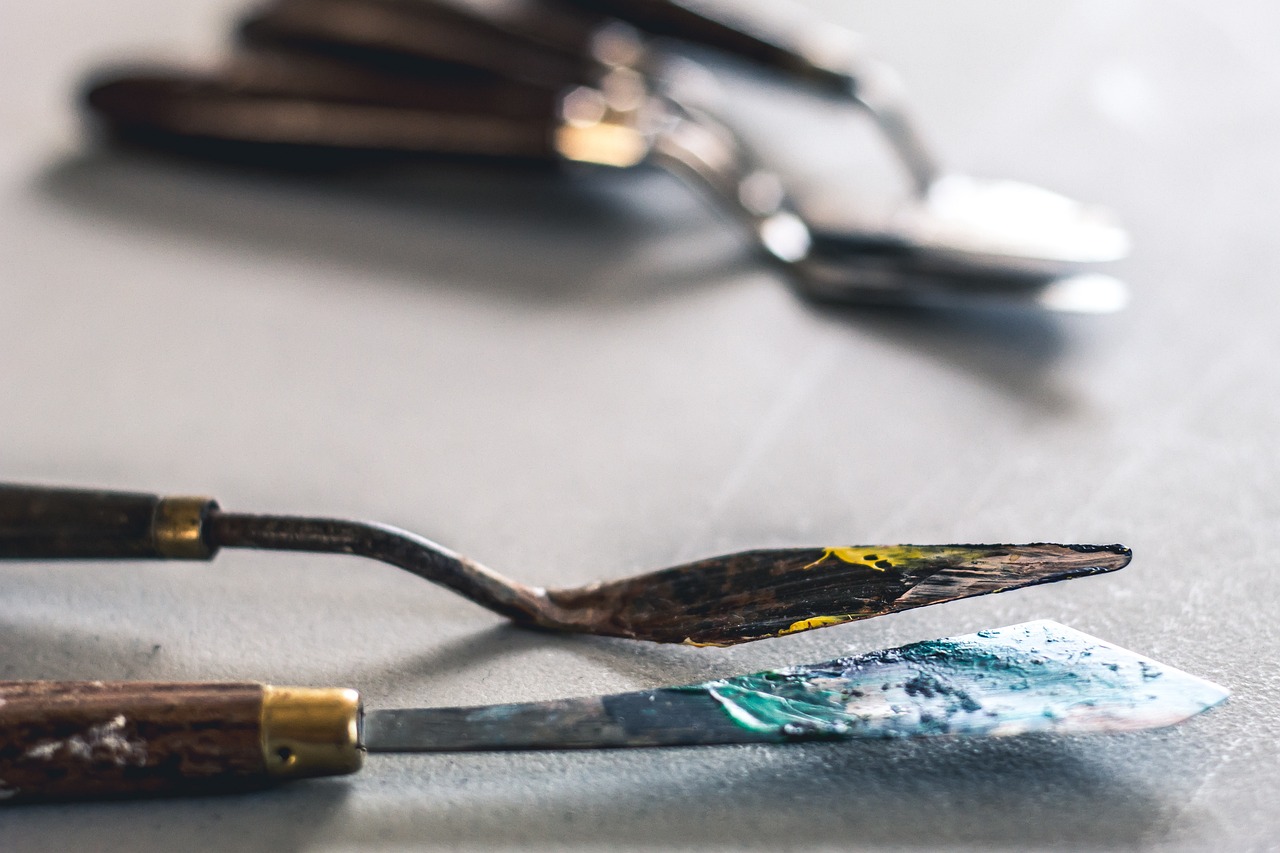
Choosing the Right Palette Knife
When it comes to painting with palette knives, the choice of tool can make all the difference in your artistic journey. The right palette knife can elevate your work, allowing you to create stunning textures and effects that are simply unattainable with traditional brushes. But how do you choose the perfect knife for your needs? It can be a bit overwhelming, especially with the myriad of options available. First things first, consider the shape and size of the knife. Each knife is designed for specific techniques, and understanding these will guide your selection process.
For instance, if you're looking to create broad strokes and cover large areas, a larger, flat palette knife is ideal. Conversely, if precision is your goal, a smaller, pointed knife will serve you better. But don’t stop there! The material of the knife also plays a crucial role. Stainless steel knives are durable and easy to clean, while flexible plastic knives can offer a different feel and application technique.
It's also important to consider your painting style. Are you a bold artist who loves to layer thick paint, or do you prefer a lighter touch with delicate details? Your style will dictate the type of palette knife that will work best for you. To help you navigate this decision, here’s a quick comparison table:
| Knife Type | Best For | Material |
|---|---|---|
| Flat Knife | Spreading paint, broad strokes | Stainless Steel |
| Tipped Knife | Precision work, details | Flexible Plastic |
| Specialty Knife | Unique textures and effects | Varies |
Ultimately, the best way to find the right palette knife for you is to experiment. Visit your local art supply store and try out different knives. Feel the weight in your hand, test the flexibility, and see how each one interacts with the paint. Remember, your tools are an extension of your creativity, so choose ones that inspire you and feel comfortable to work with.
In summary, selecting the right palette knife is not just about functionality; it’s about finding a tool that resonates with your artistic expression. Whether you’re layering vibrant colors or scraping to reveal hidden textures, your palette knife should feel like a natural extension of your hand. So take your time, explore your options, and let your creativity flow!
- What is the best material for a palette knife? Stainless steel is highly recommended for its durability and ease of cleaning.
- Can I use a palette knife for watercolor painting? While palette knives are primarily used for oil and acrylic paints, you can experiment with them in watercolor for unique effects.
- How do I clean my palette knife? Simply wipe off excess paint with a cloth and wash it with soap and water to keep it in good condition.
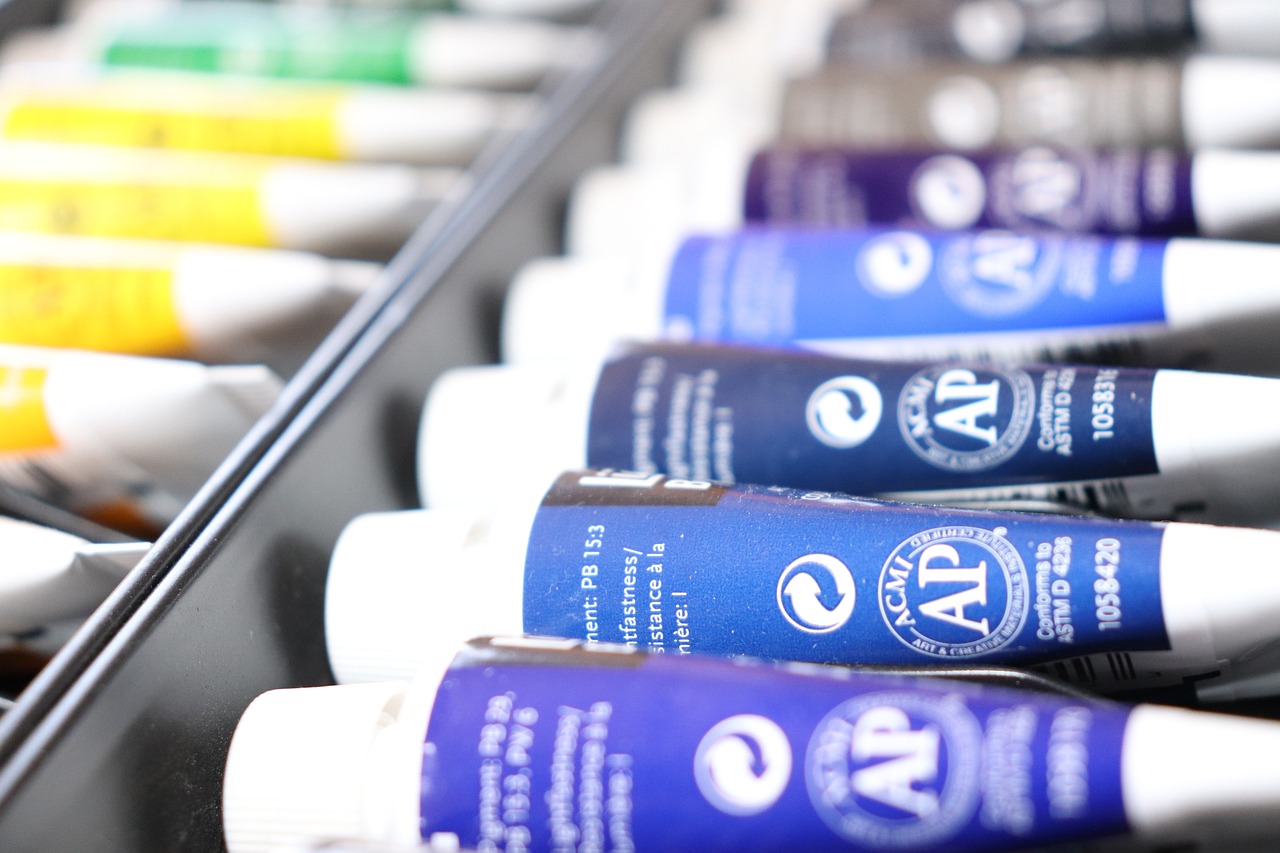
Types of Palette Knives
When it comes to palette knives, the variety can be as exciting as the colors on your palette. Each type of knife is designed with specific shapes and uses in mind, allowing artists to explore a wide range of techniques and effects. Understanding these types can open up a whole new world of creativity in your artwork. So, let's dive into the different types of palette knives that can elevate your painting game!
First up, we have the flat palette knife. This is perhaps the most commonly used type and is perfect for spreading paint across a canvas. Its straight edge allows for smooth application, making it ideal for creating broad strokes or filling in larger areas. If you’re looking to achieve a flat, even layer of color, this knife is your go-to tool. Think of it as the trusty paintbrush of the palette knife world!
Next, we have the tipped palette knife. Unlike its flat counterpart, the tipped knife features a more pointed edge, which enables artists to create finer details and more intricate designs. This knife is perfect for adding highlights, sharp lines, or delicate textures to your artwork. Imagine it as a sculptor’s chisel, allowing you to carve out the nuances in your painting.
But that’s not all! There are also specialty palette knives designed for unique effects. These knives come in various shapes, such as fan-shaped or angled, and can produce stunning patterns and textures. For instance, a fan knife can create beautiful feather-like strokes, while an angled knife can help you achieve sharp edges and corners. Exploring these specialty knives can truly unleash your creativity and lead to unexpected artistic results.
Here’s a quick overview of some common types of palette knives:
| Type of Knife | Best For |
|---|---|
| Flat Knife | Spreading paint and creating broad strokes |
| Tipped Knife | Detailing and intricate designs |
| Fan Knife | Creating textured patterns and strokes |
| Angled Knife | Sharp edges and corners |
As you explore these different types, remember that each knife can help you achieve distinct textures and effects. The beauty of palette knife painting lies in its versatility; you can combine different knives to create a masterpiece that reflects your unique style. So, don’t hesitate to experiment and find the perfect tools that resonate with your artistic vision!
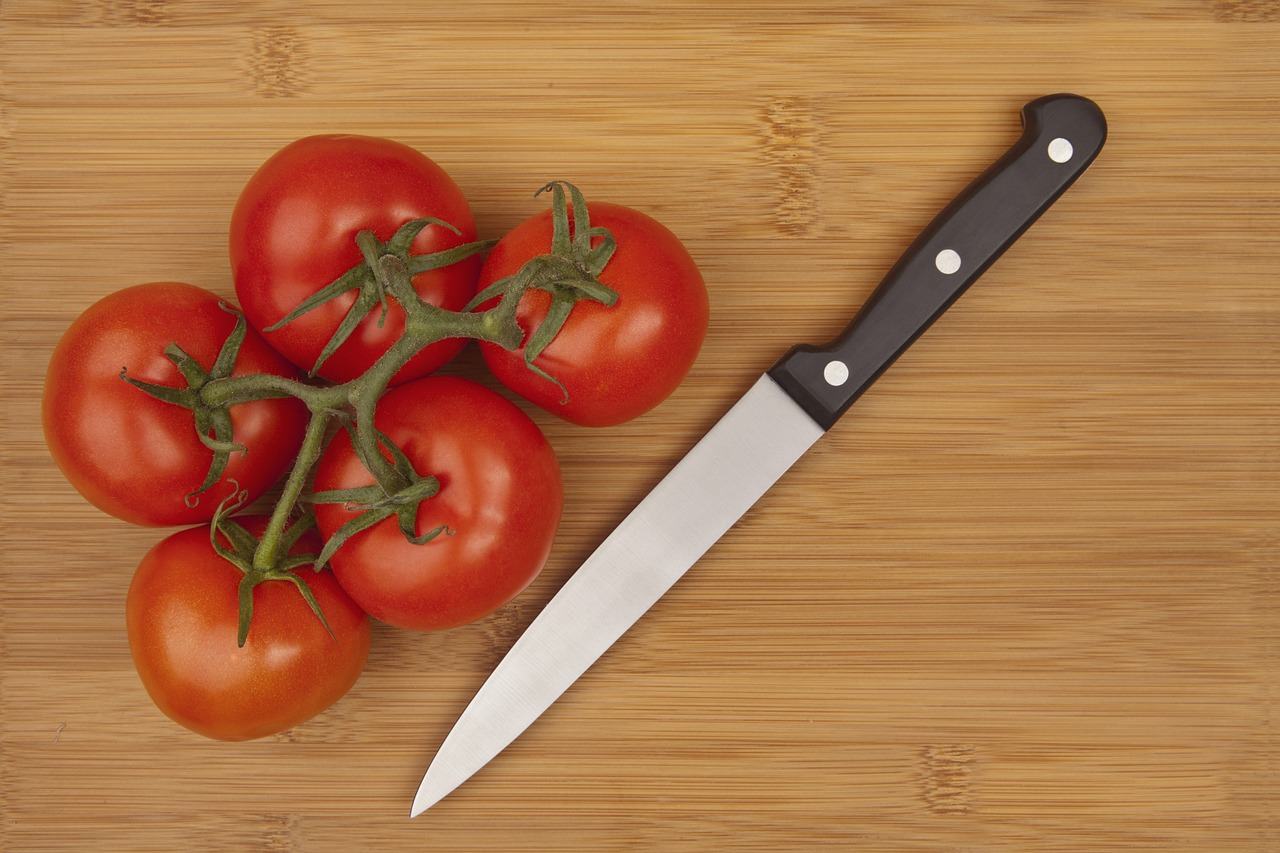
Flat vs. Tipped Knives
When it comes to palette knives, understanding the difference between flat and tipped knives is essential for any artist looking to master the art of painting with these versatile tools. Each type of knife offers unique advantages and is suited for specific techniques. Flat knives, with their broad, straight edges, are perfect for spreading paint across a canvas. They allow for smooth applications and can cover large areas quickly, making them ideal for backgrounds or base layers. Imagine spreading butter on toast; the flat knife glides effortlessly, ensuring an even layer. This is how a flat palette knife works with paint.
On the other hand, tipped knives feature a pointed or angled end, which provides greater precision and control. These knives are excellent for adding finer details or creating intricate textures. Think of them as the fine tip of a pen compared to a broad marker. The pointed edge allows for delicate strokes and the ability to manipulate paint in ways that flat knives simply cannot. Artists often use tipped knives for adding highlights or for creating sharp lines and patterns within their artwork.
To illustrate the differences further, consider the following table that summarizes the key characteristics of flat and tipped knives:
| Type of Knife | Best For | Characteristics |
|---|---|---|
| Flat Knife | Spreading paint, covering large areas | Broad edge, smooth application |
| Tipped Knife | Detail work, creating textures | Pointed edge, precise control |
It's important for artists to experiment with both types of knives to discover how each can enhance their unique style. While flat knives are great for achieving a smooth, even surface, tipped knives can add the intricate details that make a painting come alive. By combining both, artists can create dynamic and visually captivating pieces that showcase their skill and creativity. So, why not grab both and see how they can work together to elevate your next masterpiece?
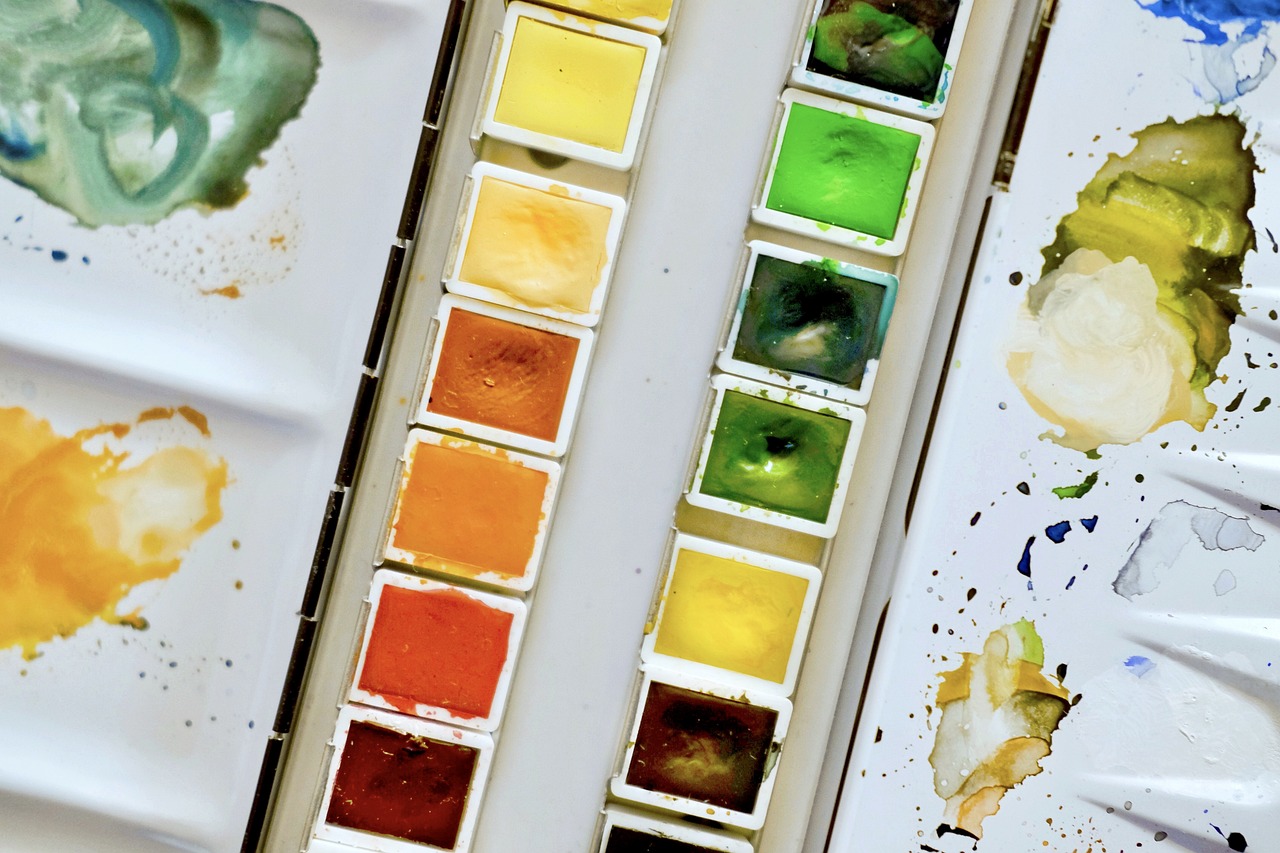
Specialty Knives
When it comes to painting with a palette knife, specialty knives are the unsung heroes of the art world. These unique tools are designed to help artists achieve specific effects that standard knives simply cannot. Think of them as the secret ingredients in your creative recipe, unlocking new dimensions and possibilities in your artwork. Whether you’re aiming for intricate details or bold textures, specialty knives can elevate your work to new heights.
There are several types of specialty knives, each serving a distinct purpose. For instance, the fan knife is shaped like a fan and is perfect for creating soft, blended effects. It allows you to spread paint smoothly while also adding delicate texture. On the other hand, the hook knife is designed to create sharp lines and defined edges, making it ideal for adding intricate details to your pieces. With these tools, you can really push the boundaries of what you can create.
Another fascinating tool is the palette knife with a serrated edge. This knife can produce unique patterns and textures that mimic the look of natural elements, such as tree bark or waves. It’s like having a magic wand that transforms your paint into a tactile experience. Imagine the possibilities when you combine these effects with vibrant colors!
Using specialty knives requires a bit of practice, but the results are well worth the effort. As you become more familiar with these tools, you’ll discover that they can inspire new ideas and techniques in your work. For example, you might find that the way a fan knife spreads paint can lead to unexpected color blends that create stunning visual effects. So don’t shy away from experimenting with different specialty knives; they might just become your new best friends in the studio!
To summarize, specialty knives are not just tools; they are gateways to creativity. By incorporating them into your palette knife painting practice, you can expand your artistic repertoire and bring a fresh perspective to your work. So grab a few specialty knives and let your imagination run wild!
- What are specialty knives used for in painting? Specialty knives are designed to achieve specific textures and effects that standard palette knives cannot. They can enhance the depth and detail of your artwork.
- How do I choose the right specialty knife? Consider the effect you want to achieve. For soft blends, a fan knife is ideal, while a hook knife is better for sharp lines.
- Can I use specialty knives with any type of paint? Yes, specialty knives can be used with oil, acrylic, and even watercolor paints, although the technique may vary slightly depending on the medium.
- Do I need to clean specialty knives differently? While the cleaning process is generally the same, it’s important to ensure that any unique shapes or edges are thoroughly cleaned to maintain their effectiveness.
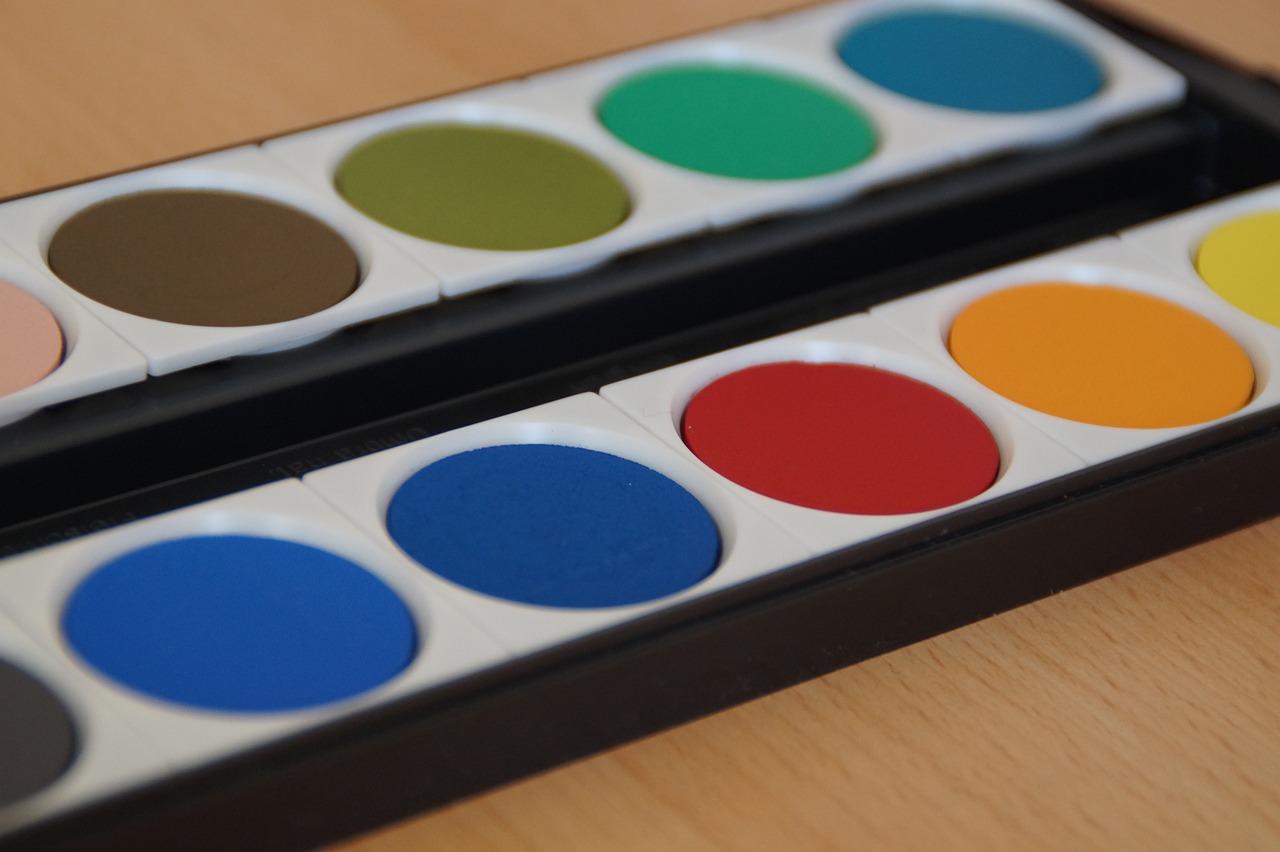
Basic Techniques for Palette Knife Painting
When it comes to palette knife painting, mastering a few basic techniques can dramatically elevate your artwork. Think of the palette knife as an extension of your creative expression, allowing you to manipulate paint in ways that brushes simply can't. One of the most fundamental techniques is the spread and swipe method. This involves using the flat edge of the knife to spread paint across the canvas, creating a smooth base layer. Imagine frosting a cake; the knife glides over the surface, leaving behind a luscious texture that invites the viewer to touch it. This technique is perfect for backgrounds or to establish a color foundation.
Another essential technique is layering. By applying paint in layers, you can build depth and complexity in your artwork. Start with a thin layer of paint, then allow it to dry before adding another layer on top. This not only adds richness to your piece but also allows for the colors to interact in unexpected ways. You might find that the colors beneath subtly influence the top layer, creating a visual dialogue that can be both surprising and delightful.
Then there's the scraping technique. This involves using the edge of the palette knife to scrape away layers of paint, revealing the colors underneath. It's akin to peeling back the layers of an onion; each slice uncovers something new and intriguing. This technique can create stunning effects, particularly when you want to introduce highlights or create a sense of movement within your painting. Just be cautious—too much scraping can lead to a loss of texture, so it’s essential to find a balance.
Finally, let’s talk about blending. While palette knives are often associated with bold, textured strokes, they can also be used to create soft transitions between colors. By gently dragging the knife across the canvas, you can blend colors seamlessly, creating gradients that draw the eye. It’s like mixing colors on a palette but with the added benefit of texture. This technique is especially useful in landscapes or any artwork that requires a soft touch.
In summary, mastering these basic techniques—spread and swipe, layering, scraping, and blending—will not only enhance your palette knife painting skills but also open up a world of creative possibilities. So grab your palette knife, and let your imagination run wild!
- What is the best type of paint to use with a palette knife?
Oil paints and acrylics are both excellent choices, as they have the right consistency for manipulation. Oil paints allow for longer working times, while acrylics dry quickly, making them ideal for layering.
- Can I use a palette knife for detailed work?
While palette knives are typically used for broader strokes and textures, smaller tipped knives can be used for more detailed work. It just takes a bit of practice!
- How do I clean my palette knives?
Cleaning your palette knives immediately after use is crucial. For acrylics, warm soapy water works well, while for oils, you might need a solvent like turpentine. Always ensure they are thoroughly dried to maintain their shape.
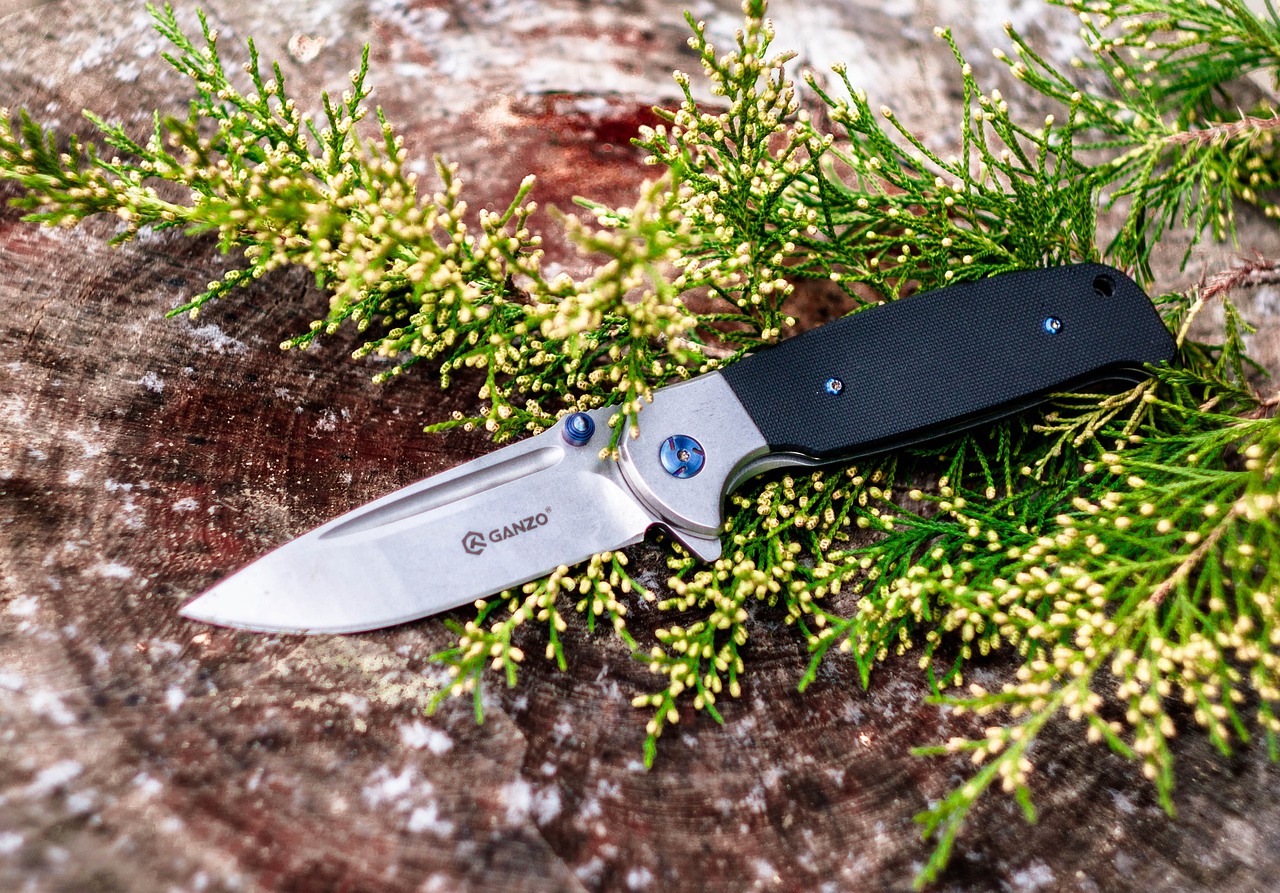
Creating Texture with Palette Knives
Texture is one of the most captivating elements in painting, and using a palette knife is a fantastic way to achieve stunning, tactile surfaces. When you think about it, texture is like the personality of a painting; it adds depth and intrigue that can draw viewers in and make them want to explore your work further. Imagine walking into a gallery and being instantly attracted to a piece because of its rich, textured finish. That’s the power of palette knives!
One of the fundamental techniques for creating texture is layering paint. When you layer paint with a palette knife, you're not just applying color; you're building a complex surface that invites interaction. This technique allows you to experiment with various colors and thicknesses, creating a rich tapestry of hues that can transform a simple canvas into a vibrant masterpiece. For instance, you might start with a thick layer of one color and then add another on top, allowing some of the first layer to peek through. This creates a sense of depth and movement, making your artwork feel alive.
Another exciting method is scraping and blending, which can lead to dynamic interactions between colors. With a palette knife, you can scrape away sections of paint to reveal the layers underneath, creating a sense of history in your artwork. This technique is particularly effective when you want to create a weathered or aged look. Imagine the texture of an old wall, where the paint has chipped away in places, revealing the raw material beneath. That’s the kind of effect you can achieve with scraping!
Moreover, you can manipulate the paint in various ways to achieve different textures. For example, using the edge of the knife can create fine lines and patterns, while the flat side can produce broad strokes and smooth areas. Don’t be afraid to experiment! The beauty of using palette knives lies in their versatility. You can create everything from sharp, defined textures to soft, blended areas, all within the same piece. Here’s a quick overview of some techniques you might want to try:
| Technique | Description |
|---|---|
| Layering | Applying multiple layers of paint to create depth and richness. |
| Scraping | Removing paint to reveal underlying layers, adding a sense of history. |
| Blending | Mixing colors directly on the canvas for smooth transitions. |
| Stippling | Using the tip of the knife to create small dots for texture. |
In conclusion, creating texture with palette knives is not just about applying paint; it’s about exploring the relationship between color, form, and surface. So, grab your palette knife, let your creativity flow, and watch as your paintings come to life with texture that tells a story!
- What type of paint works best with palette knives? - Oil and acrylic paints are ideal for palette knife techniques due to their thickness and texture.
- Can I use a palette knife for detailed work? - While palette knives are great for texture, they can also be used for detail work; just choose a smaller, tipped knife.
- How do I clean my palette knives? - Clean them immediately after use with a paper towel and then wash with soap and water to maintain their condition.
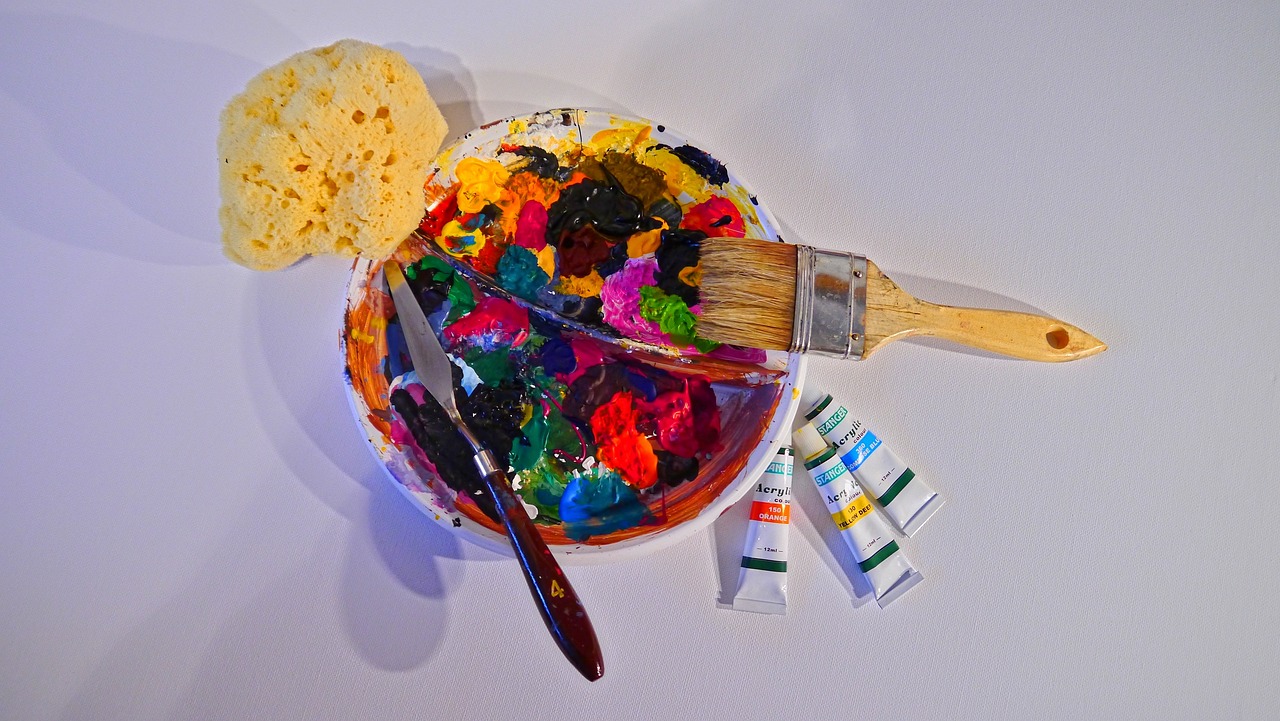
Layering Paint
Layering paint with a palette knife is like building a delicious sandwich; each layer adds flavor and texture, creating a masterpiece that’s rich and complex. When you start layering, you're not just slapping on paint; you're engaging in a dance of colors, textures, and emotions. The beauty of using a palette knife lies in its ability to apply thick layers of paint that can transform a flat surface into a vibrant, three-dimensional piece of art.
To begin, you’ll want to choose your colors wisely. Think of your palette as a garden; the colors you select will blossom together. Start with a base layer, applying a generous amount of paint with your knife. This initial layer acts as the foundation, much like the soil in your garden. As you build upon this foundation, consider the thickness and transparency of each subsequent layer. Thicker layers can create a bold statement, while thinner layers can add subtlety and depth.
One of the key techniques in layering is to allow each layer to dry before adding the next. This is crucial because it prevents the colors from muddying together, which can happen when wet paint is applied over wet paint. Think of it as waiting for your cake to cool before frosting it; if you don't, you’ll end up with a gooey mess rather than a beautiful dessert. Depending on the type of paint you’re using, drying times can vary, so be patient and let your artwork develop over time.
As you layer, don’t be afraid to experiment with different knife techniques. You can use the edge of the knife to create sharp lines, or the flat side to spread paint smoothly. Each technique will yield different results, so it’s worth taking the time to explore what works best for your vision. You might even find yourself creating unexpected textures that add an exciting twist to your painting.
Additionally, consider incorporating color mixing within your layers. By blending colors directly on the canvas, you can achieve stunning gradients and transitions. For instance, if you’re painting a sunset, layering warm yellows and oranges over a cool blue can create a breathtaking sky. Just remember to keep your palette knife clean between layers to maintain the integrity of your colors. A dirty knife can lead to unwanted hues that can detract from your intended palette.
In summary, layering paint with a palette knife invites you to unleash your creativity while developing your unique style. The process is not just about applying paint; it’s about the journey of exploration and discovery. So grab your palette knife, choose your colors, and start layering—your next masterpiece awaits!
- What type of paint is best for layering with a palette knife? Acrylic and oil paints are ideal for layering due to their thickness and drying times.
- Can I layer different types of paint? It's generally best to stick with one type of paint for layering to avoid compatibility issues.
- How do I know when to stop layering? A good rule of thumb is to step back and assess your work from a distance; if it feels complete, it probably is!
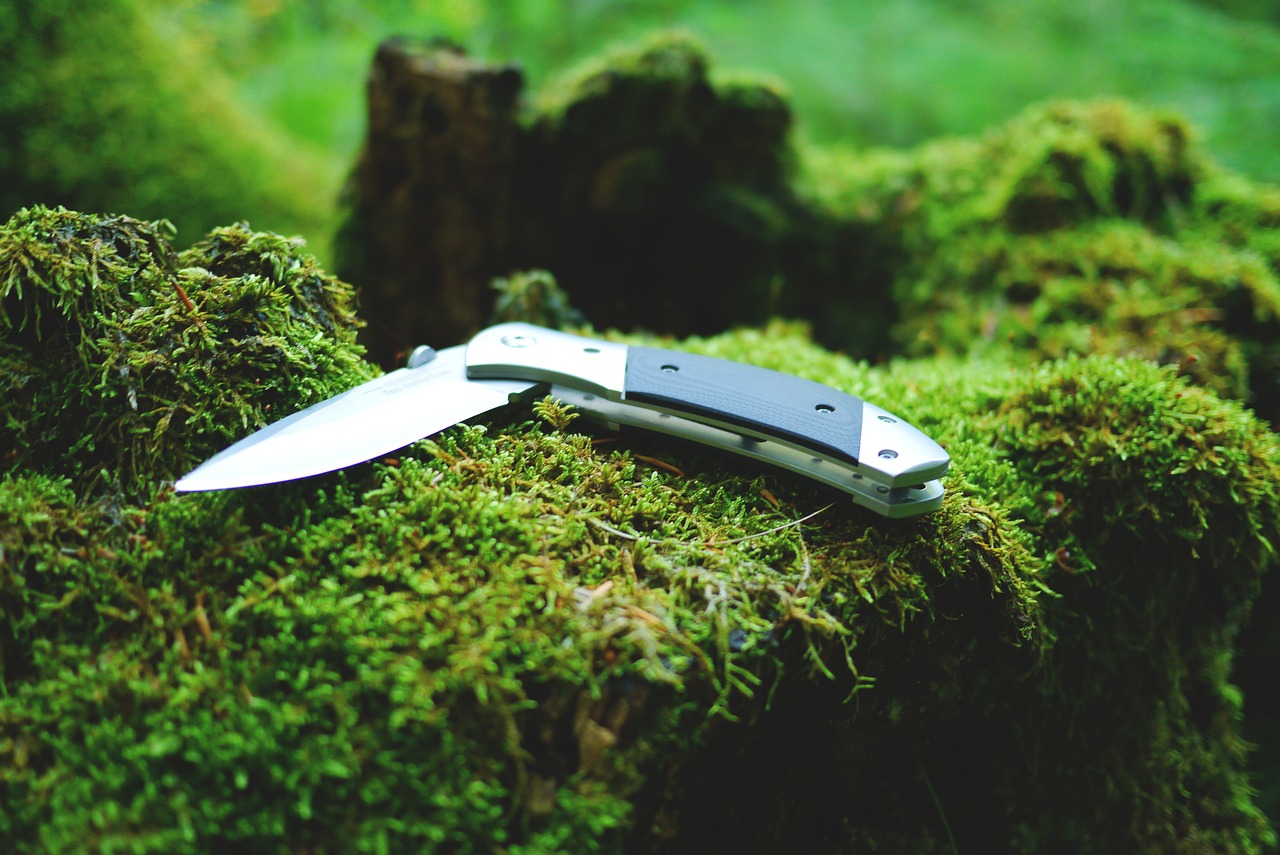
Scraping and Blending
When it comes to painting with palette knives, are two techniques that can truly transform your artwork. Imagine the thrill of watching colors meld together, creating new shades and textures that bring your canvas to life. This process is like a dance between the knife and the paint, where each stroke can lead to unexpected and delightful results. By mastering these techniques, you can elevate your paintings from simple depictions to vibrant expressions of creativity.
Scraping involves using the edge of your palette knife to remove paint from the canvas. This technique is not just about erasing; it’s about revealing layers beneath. Think of it like peeling an onion, where each layer adds depth to your artwork. When you scrape away the top layer of paint, you expose the colors underneath, creating a beautiful interplay of hues. This can be particularly effective when you want to add highlights or create the illusion of depth in your work. However, timing is crucial; scraping too soon can disturb the wet paint beneath, while waiting too long can make it difficult to achieve the desired effect.
Blending, on the other hand, is where the magic truly happens. By using the flat edge of your palette knife, you can gently mix colors directly on the canvas, resulting in smooth transitions and gradients. This technique is akin to a musician harmonizing notes; it requires a delicate touch and an understanding of how colors interact. To achieve the best results, consider the following tips:
- Use a light hand: Apply gentle pressure to avoid over-mixing the colors, which can lead to a muddy appearance.
- Work quickly: Since paint can dry fast, especially when using acrylics, aim to blend before the paint sets.
- Experiment: Don’t be afraid to try different color combinations and blending techniques to discover what works best for you.
Combining scraping and blending can yield stunning textures and effects. For instance, you might start by applying a thick layer of paint and then use the palette knife to scrape through it, revealing the underlying colors. After that, you can go back in with a clean knife to blend the edges, softening harsh lines and creating a cohesive look. This interplay between scraping and blending can lead to dynamic compositions that captivate the viewer.
In summary, scraping and blending with a palette knife are essential techniques that every artist should explore. They not only enhance the visual appeal of your paintings but also encourage a sense of spontaneity and experimentation. So, grab your palette knife and start playing with these techniques; you might just discover a new favorite way to express yourself on the canvas!
Here are some common questions artists have about scraping and blending techniques:
- Can I use these techniques with oil paints?
Absolutely! Scraping and blending work wonderfully with oil paints, just be mindful of the drying times. - What types of palette knives are best for these techniques?
A flat palette knife is ideal for blending, while a pointed or angled knife works well for scraping. - How can I clean my palette knife after using it?
Simply wipe it with a cloth or paper towel to remove excess paint, and then wash it with soap and water for a thorough clean.
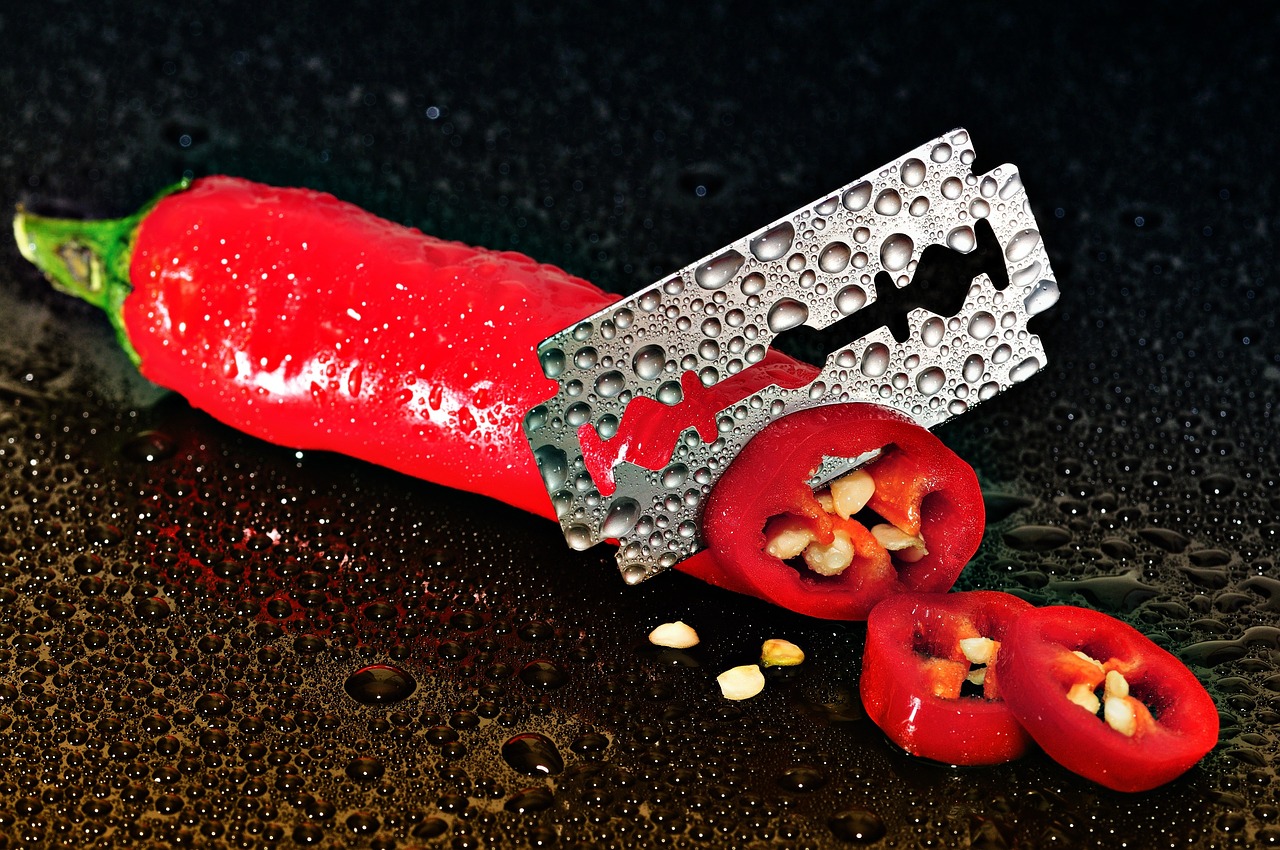
Common Mistakes to Avoid
When diving into the world of palette knife painting, it’s easy to get swept up in the excitement and creativity of the process. However, even the most seasoned artists can fall into common traps that can hinder their artistic expression. One of the biggest mistakes is overworking the paint. It’s tempting to keep layering and blending, trying to achieve that perfect look. But here’s the catch: too much manipulation can lead to muddy colors and a loss of texture. Think of it like cooking; if you keep stirring the pot, you might end up with a mush instead of a delicious stew. So, knowing when to step back and let the paint do its thing is crucial for maintaining the integrity and vibrancy of your artwork.
Another pitfall many artists encounter is neglecting cleanliness. Palette knives can accumulate paint quickly, and if not cleaned properly, they can muddy your colors in subsequent layers. Imagine trying to paint a bright sky with a knife that still has remnants of dark colors on it. The result? A less-than-ideal hue that doesn’t match your vision. To avoid this, make it a habit to clean your tools regularly. A simple wash with soap and water after each session can work wonders, ensuring that each stroke is as vibrant as you intended.
Additionally, not experimenting with different techniques can also be a mistake. Palette knife painting is all about exploration and discovery. Don’t be afraid to try new methods, such as scraping or layering, to see how they affect your work. Sometimes, the most unexpected results can lead to stunning masterpieces. Embrace the chaos and allow yourself to play with the medium; after all, art is about expressing yourself in ways that feel authentic to you.
Lastly, let’s talk about not planning your composition. Going in without a clear idea can lead to a disjointed piece that lacks cohesion. While spontaneity can spark creativity, having a rough sketch or plan can guide your strokes and ensure that your painting tells a story. Think of it as a roadmap; it doesn’t have to be set in stone, but having a direction can keep you from getting lost in the process.
| Mistake | Consequences | Solution |
|---|---|---|
| Overworking the Paint | Muddy colors and loss of texture | Know when to stop and let the paint settle |
| Neglecting Cleanliness | Unintended color mixing | Clean tools after each use |
| Not Experimenting | Stagnation in creativity | Try new techniques and methods |
| Not Planning Composition | Disjointed artwork | Sketch a rough plan before starting |
Q: What is the best way to clean palette knives?
A: Use warm, soapy water to clean your knives after each use. Make sure to remove all paint residues to avoid color mixing in future paintings.
Q: Can I use palette knives with any type of paint?
A: Yes, palette knives can be used with various types of paint, including oil, acrylic, and even some watercolors. Just ensure the paint's consistency is suitable for knife application.
Q: How can I create more texture in my paintings?
A: Experiment with layering different colors and thicknesses of paint. Scraping and blending can also add unique textures and effects.
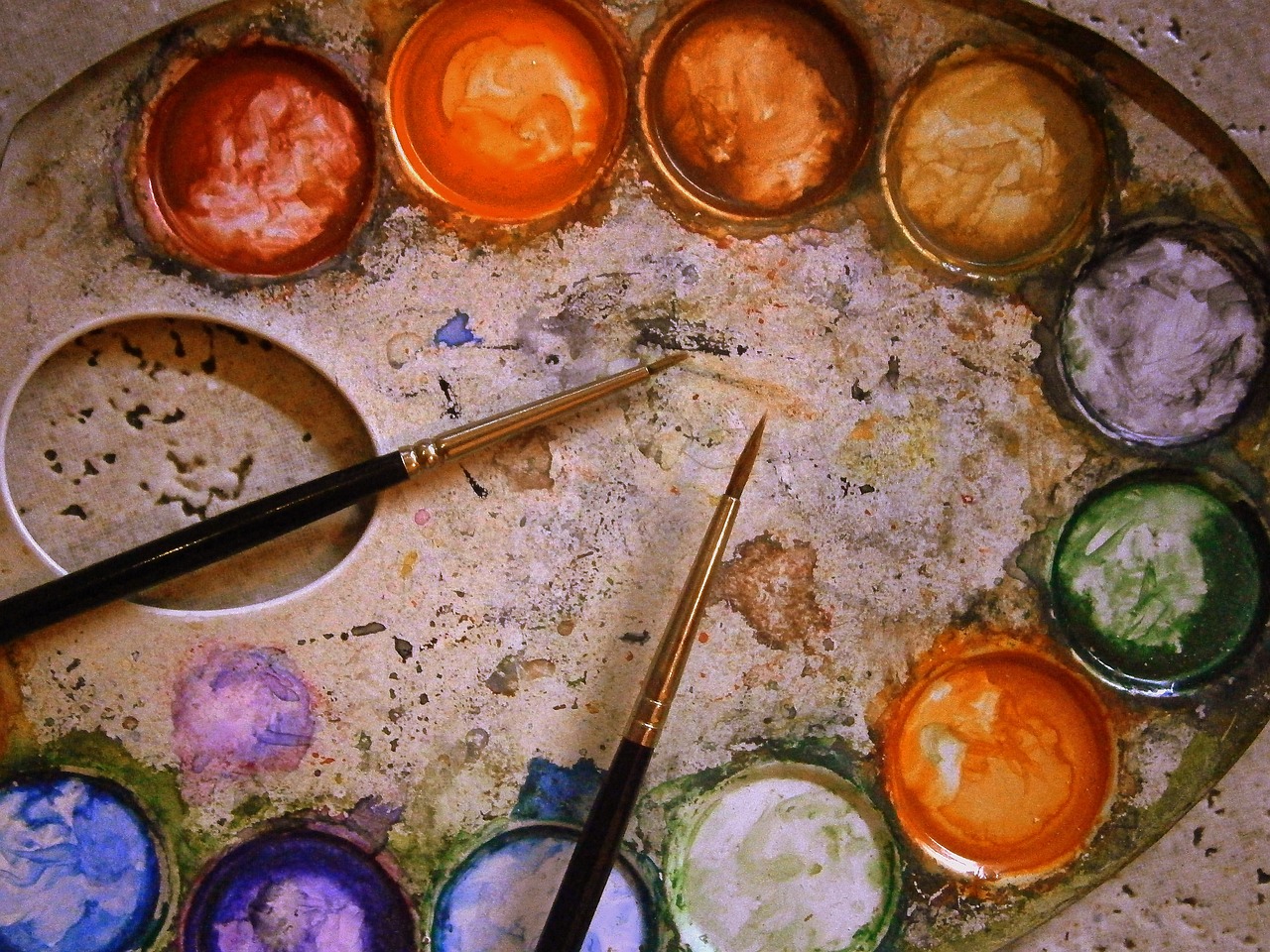
Overworking the Paint
When it comes to painting with a palette knife, one of the biggest challenges artists face is the temptation to overwork the paint. This is a common pitfall that can lead to undesirable results, such as muddy colors and a loss of texture. Imagine sculpting a beautiful piece of clay; if you keep molding it, you risk losing the original form and detail. The same principle applies to painting. Each stroke should add to the composition, not detract from it.
Overworking occurs when you repeatedly apply and blend paint, trying to achieve the perfect look. While it’s natural to want everything to be just right, it’s crucial to recognize when enough is enough. If you find yourself going back to the same area multiple times, ask yourself: Am I enhancing the painting, or am I just making it worse? Trust your instincts; sometimes, the best decision is to step back and let the painting breathe.
To avoid overworking, consider these practical tips:
- Know When to Stop: After applying a few strokes, take a moment to assess your work. If you feel satisfied, it might be time to move on.
- Use Limited Color Palettes: Sticking to a few colors can help maintain vibrancy and prevent muddying. Remember, less is often more in art!
- Practice Patience: Allow layers to dry before adding more. This will help keep colors distinct and textures clear.
Another effective way to avoid overworking is to embrace the happy accidents that occur during the painting process. Sometimes, unexpected results can lead to stunning effects. Instead of trying to control every aspect, let your creativity flow and see where it takes you. By doing so, you’ll not only enhance your artwork but also enjoy the journey of creating.
In conclusion, while it’s easy to get caught up in the details, remember that the essence of your painting lies in the overall composition. By being mindful of how much you work the paint, you can maintain the integrity of your artwork and ensure that it remains vibrant and engaging. So the next time you pick up your palette knife, keep these tips in mind and let your creativity shine!
Here are some common questions artists have about overworking paint with palette knives:
- What are the signs that I've overworked my paint? Look for dull colors, a lack of texture, and a muddy appearance in your artwork.
- How can I fix overworked areas? You can try scraping off the excess paint and starting fresh or layering new colors on top to revitalize the area.
- Is there a way to practice without overworking? Yes! Set a timer for each section of your painting to encourage quick, confident strokes.

Neglecting Cleanliness
When it comes to painting with palette knives, cleanliness is not just next to godliness; it’s essential for achieving the stunning effects you desire. Many artists underestimate the importance of keeping their tools clean, often leading to disappointing results. Imagine trying to create a vibrant sunset with a knife that still has remnants of dark blue paint from your last session. The colors will mix, creating a muddy mess instead of the beautiful gradients you were aiming for. This scenario highlights why it's crucial to maintain the integrity of your palette knives.
To avoid such pitfalls, it’s important to develop a routine for cleaning your tools after each use. Here are some guidelines to follow:
- Wipe Off Excess Paint: Immediately after using your palette knife, wipe off any excess paint with a cloth or paper towel. This simple step prevents paint from drying on the blade, making it easier to clean later.
- Use Solvents Wisely: Depending on the type of paint you are using (oil, acrylic, etc.), choose an appropriate solvent for cleaning. For oil paints, mineral spirits or turpentine can work wonders, while acrylics can usually be cleaned with just soap and water.
- Inspect for Residue: After cleaning, inspect your knife for any leftover paint. A quick visual check can save you from future headaches when you’re ready to create your next masterpiece.
Additionally, consider dedicating a specific container for your palette knives. This not only helps keep them organized but also minimizes the risk of cross-contamination between colors. A simple solution could be a small toolbox or a magnetic strip where you can hang your knives. By treating your tools with care, you’re not just preserving their lifespan; you’re also enhancing your painting experience.
In conclusion, neglecting cleanliness can lead to a cascade of issues in your artwork. Whether it's muddy colors or unwanted textures, the effects of dirty tools can be detrimental to your creative vision. So, take the time to establish a cleaning routine and watch how your paintings transform into vibrant expressions of your artistic voice.
- Why is it important to clean palette knives?
Cleaning palette knives is crucial to avoid color contamination and to maintain the quality of your artwork. - What is the best way to clean palette knives?
The best method depends on the paint type. For oil paints, use mineral spirits, while acrylics can be cleaned with soap and water. - How can I prevent paint from drying on my palette knives?
Wipe off excess paint immediately after use and clean the knives thoroughly after each painting session.
Frequently Asked Questions
- What is a palette knife, and how is it different from a brush?
A palette knife is a versatile painting tool with a blunt blade, primarily used for mixing paint and applying it to the canvas. Unlike brushes, which have bristles, palette knives create unique textures and effects, allowing for more dynamic and expressive artwork.
- How do I choose the right palette knife for my painting style?
Choosing the right palette knife depends on your desired techniques and the effects you want to achieve. Consider factors like blade shape, size, and flexibility. For instance, flat knives are great for spreading paint, while tipped knives provide precision for detailed work.
- Can I use palette knives with any type of paint?
Yes! Palette knives can be used with various types of paint, including oil, acrylic, and even watercolor (in specific techniques). Just ensure that the paint's consistency is suitable for the knife technique you plan to use.
- What are some basic techniques I should practice with a palette knife?
Start with layering paint to create depth, scraping to reveal underlying colors, and blending for smooth transitions. Experimenting with these techniques will help you develop your unique style and improve your skills over time.
- How can I create texture in my paintings using a palette knife?
To create texture, try applying thick layers of paint with your palette knife or using different knife techniques like dragging, scraping, or stippling. Each method offers a distinct texture that can add visual interest to your artwork.
- What are common mistakes to avoid when using palette knives?
Some common mistakes include overworking the paint, which can lead to muddy colors, and neglecting to clean your knives properly. Keeping your tools clean ensures vibrant colors and sharp edges in your work.
- How do I clean my palette knives after use?
Cleaning palette knives is straightforward! Simply wipe off excess paint with a paper towel, then wash them with warm soapy water. For oil paints, using a solvent like turpentine might be necessary to remove all residue.



















